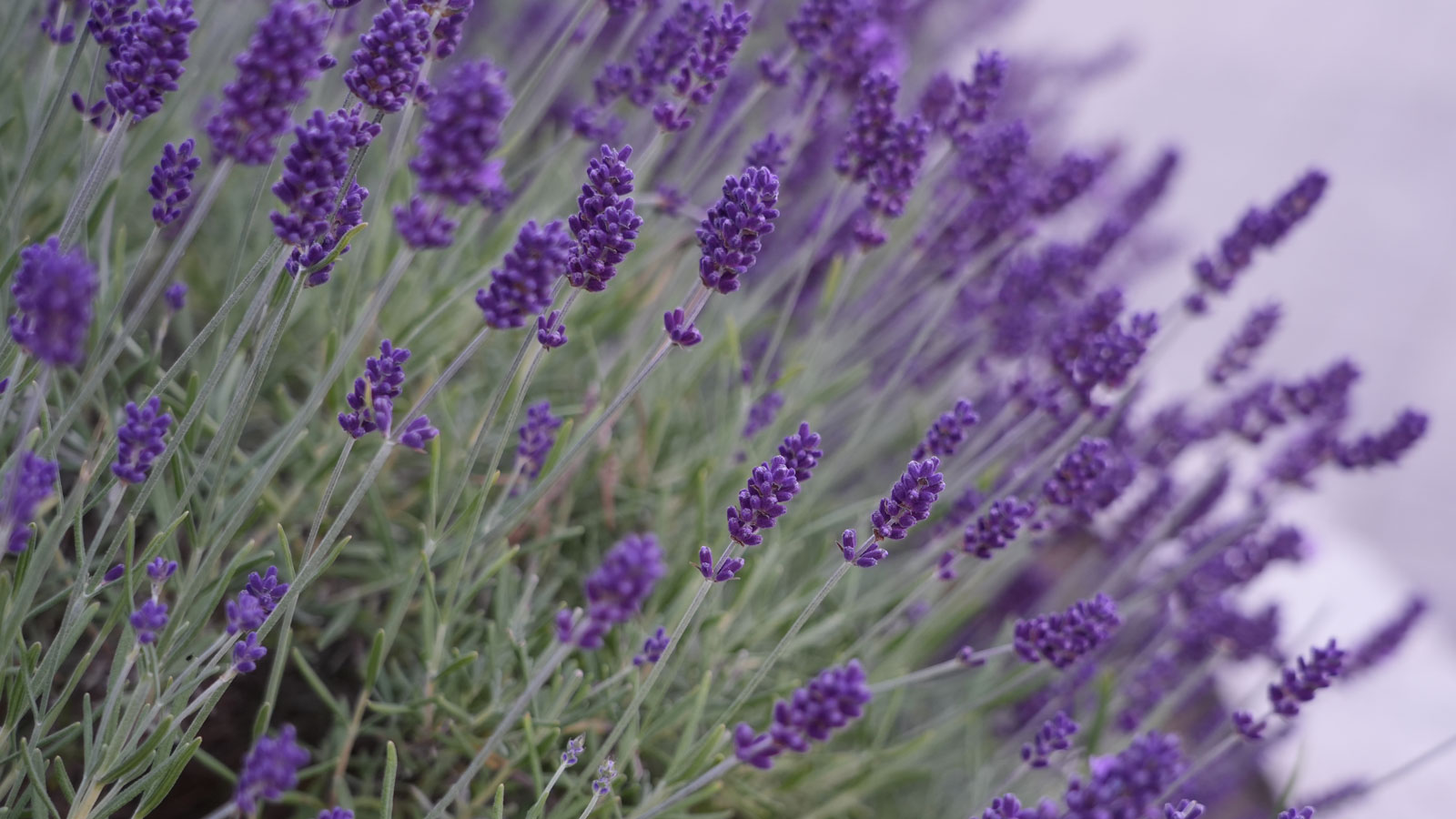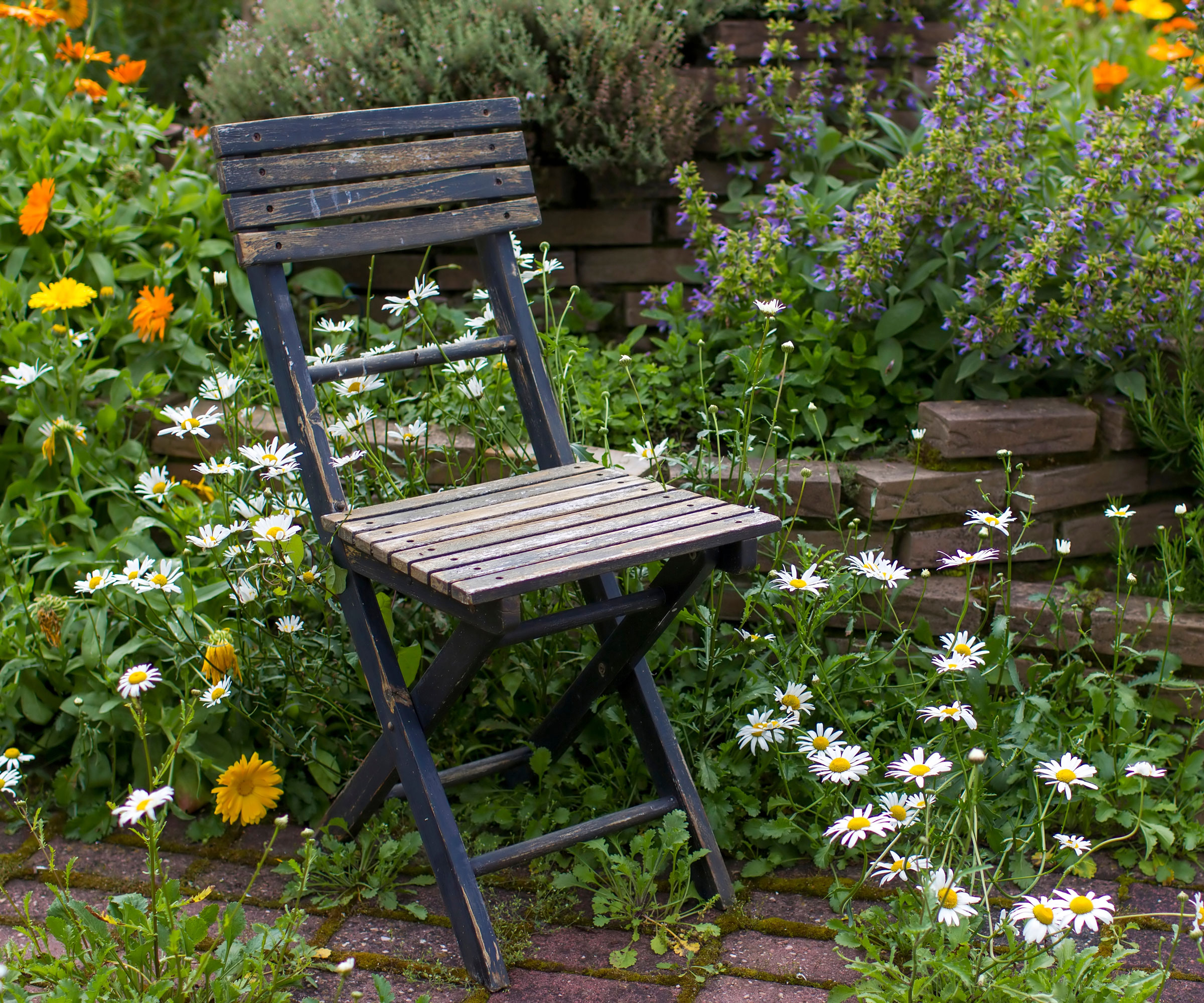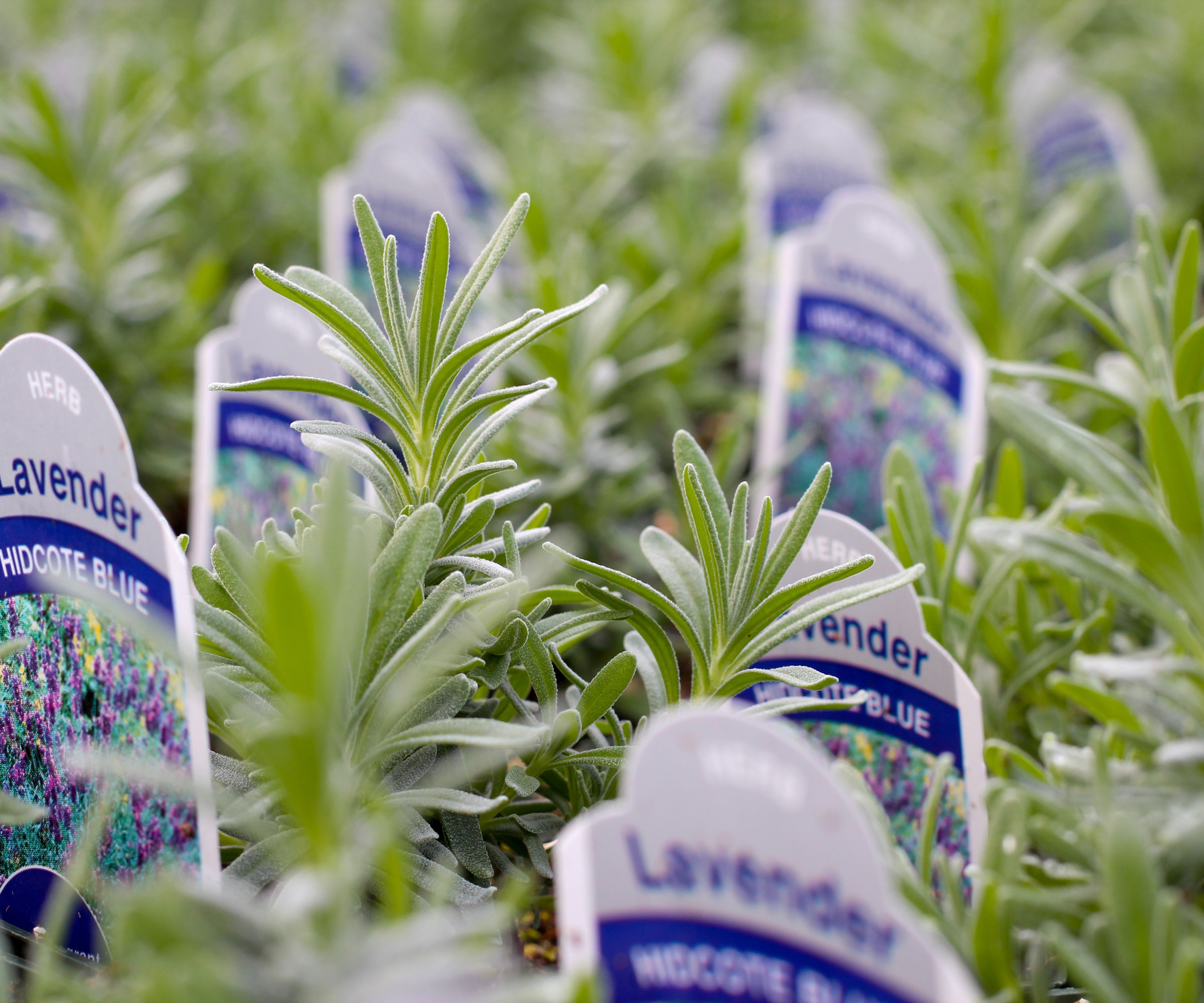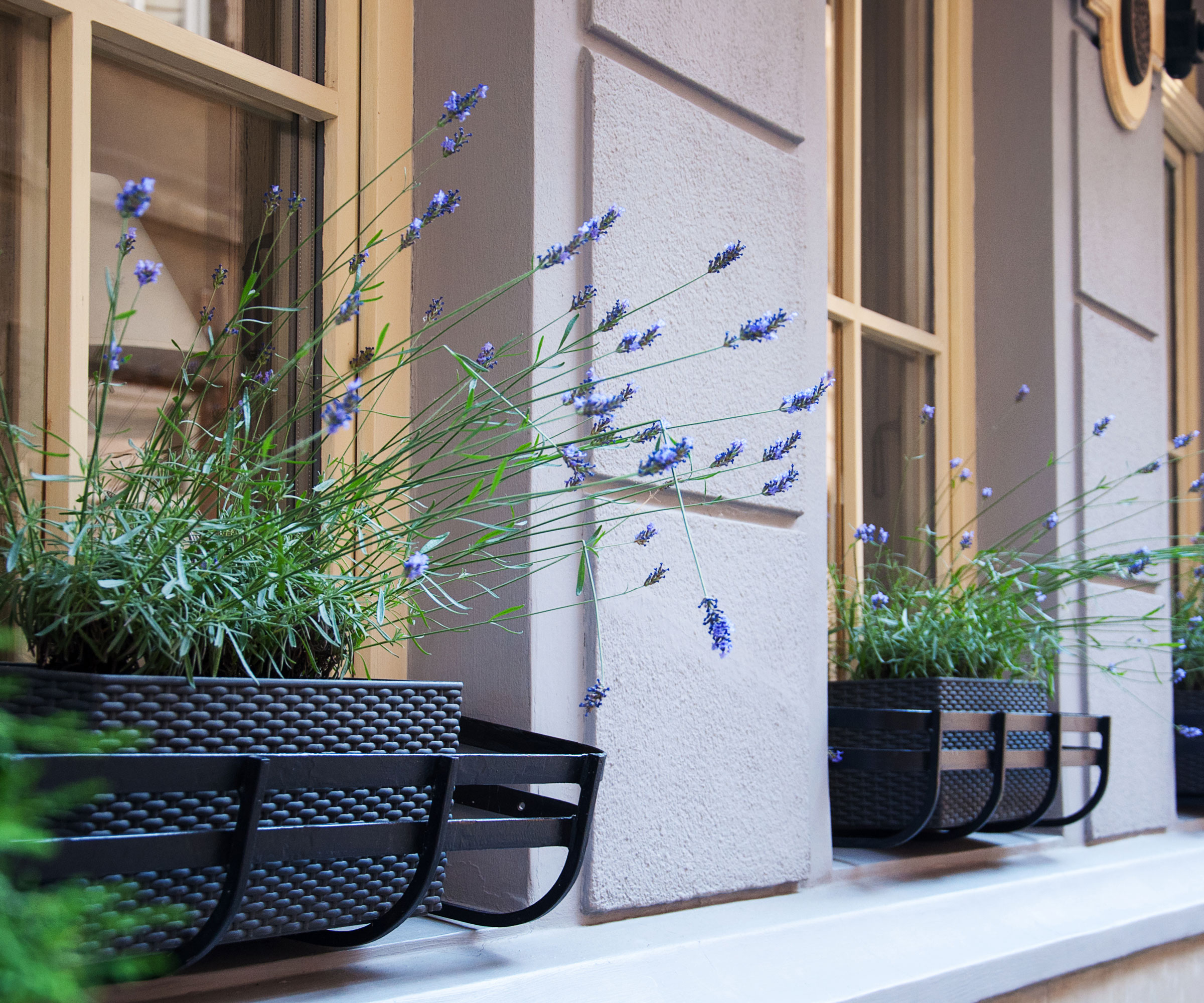Can Lavender Grow In Shade? Here’s How To Grow Fragrant Flowering Plants Even In Partial Shade – Plus, Which Lavenders Are Best
If your growing space isn’t the sunniest, you may be wondering: can lavender grow in shade? We look at ways to cultivate this aromatic beauty in partial shade and filtered light


Can lavender grow in shade? The short answer is – yes, and no. The slightly longer (and hopefully more helpful) answer is that it will struggle in complete shade – but it does stand a very good chance of thriving in partial shade where certain other conditions are met.
Making the most of lavender in shade relies on an understanding of what the plant needs, what your garden can provide, and how you can eke the most potential out of both, even when the sun seems elusive. It’s also about being willing to keep on top of plant vitality and development, every day if necessary, and being able to think creatively and make adjustments where necessary.
So if you’re looking to grow lavender, even if you aren’t blessed with an excess of natural direct light, these tips will help. Find out how to grow lavender in the shade – so it doesn’t just survive, but goes on to flourish.
Will Lavender Grow in the Shade?
Growing lavender in shade – well, let’s be honest, it’s not ideal. These plants are native to the Mediterranean and their preferred way of being is to soak up the sun, every day. A generous intake of sunshine (at least eight hours a day) is massively beneficial in the development of strong stems and masses of vibrant flowers.
A good source of light is also crucial in determining how aromatic your lavender plants will be. The more sunshine your plants receive, the more natural oils they will produce and the more potent their eventual fragrance will be. Of course, there are some variations depending on whether you are growing French or English lavenders, for example – but in the main, good light equates to stronger floral oils, which are essential for these quintessential cottage garden beauties.
Lavender also relies on regular exposure to direct light to help regulate soil conditions – lavender plants don’t like wet feet. As well as the primary issues of light deprivation, there are secondary issues relating to the quality of the earth in shady areas. Conditions are likely to be damper and cooler – an absolute anathema to lavender, which needs to be kept as dry and well drained as can be. If you stray from the light, you risk developing leggy plants that are starved of natural nutrients and lacking in vigor.
So will lavender grow in shade? They certainly can’t reach their full potential in total shade. However, it is possible to maintain healthy lavender in partial shade – as long as other elements of plant care are met, and certain ideas explored to their fullest. Here are a few easy ways to tip the balance in your favor where shade is an issue.
How to Grow Lavender in Shade
Now we’ve established the ideal growing conditions for lavender, and accepted that we need to compensate for a lack of light, here’s the good news. While lavender plants generally prefer at least eight hours of sun a day, certain varieties can manage well on six hours where other care essentials are covered. Make sure you have given due attention to water, soil and warmth, and you’re well on the way to vibrant lavender displays.
If you’re willing to adapt the way you grow your lavender, by thinking beyond conventional beds and borders, you’ll greatly increase your chances. Incorporating elements like extra lighting or vertical gardening are all ways of beating the odds and preventing the painful sight of a dying lavender plant. Create a warm, dry environment where the growing medium is well draining, and you can still enjoy lavender in areas where diminished natural light is an issue. Here’s how to get the most from a lavender plant in shade.
Sign up for the Gardening Know How newsletter today and receive a free copy of our e-book "How to Grow Delicious Tomatoes".
1. Understanding your Garden

Before growing lavender in partial shade, it helps to understand how light changes in your entire garden – and not just over the course of one day. Ideally, you need to have a solid awareness of how light plays over several days with different weather, and at different times of year. It’s not always possible to know this until you’ve seen your garden over the course of a year. But if you are pushed for time, you can learn a heck of a lot in a fortnight with the help of sunmapping.
Sunmapping is about tracking natural light in a methodical and systematic way. By making a sun map, you can process the impact of simple domestic objects and gardening supports – like clothes lines, freestanding shelves, or a trellis – on your gardening space. It is an excellent way of identifying the extent of issues you may have overlooked, like fence line shadows or overhanging tree branches.
Even making a simple decision like removing or cutting back a specific shrub can have a profound effect on light availability for sun-worshipping plants like lavenders. Every hour you can claw back can make the difference – so a full light audit is a great way of making those critical adjustments in an informed way. This is not just good for lavender planting, but for all manner of perennial flowers and shade plants.
There are a few gizmos that can help determine the exact distribution and quality of sunlight in your garden. Some of the calculators and meters available at Amazon, such as those manufactured by Rapitest, can help you identify which parts of your garden are less or more conducive to healthier lavender growing. You may be surprised at what you find!
2. Select the Best Varieties

If you want to grow lavender for partial shade, one of the best ways to stack things in your favor is by choosing varieties with some affinity to trickier, less-ideal areas. French lavenders (Lavandula stoechas) and fernleaf lavenders (aka French lace lavenders) are best if you need something that is more shade tolerant.
French and Spanish breeds (USDA zones 7 and above) are able to balance the light deficit against the support they receive from warmth, soil regulation, and good watering, especially if you grow your lavender in gravel-based or course-mix mediums. Conditional on some direct sunlight, you can also grow a couple of English lavenders in spots with partial shade – most notably, ‘Munstead’ and ‘Hidcote’. You can get ‘Hidcote Blue’ from Walmart, hardy in zones 4-9. You can also buy ‘Munstead’ lavender seeds and ‘Hidcote’ lavender seeds from Amazon.
Another great option for growing in partial shade is ‘Phenomenal’ lavender. This tough beauty has impressive resilience in less-than-great growing conditions, including damp and shade. ‘Phenomenal’ lavender seeds are available from Burpee.
3. Grow Lavender in Containers

Where some shade is inevitable, another way to court success with your plants is being open to growing lavender in containers and being willing to move your pots around a little. Experiment with different parts of the garden, and don’t be afraid to relocate containers if you feel like you missed the mark on your first attempt.
This is the beauty of container gardening – the flexibility it gives you to change the growing position. You just have to make sure that whichever pot you use (and preferably this should be a stone or clay-based pot), the growing medium is well draining and features a strong mix of gravel and sand as well as potting soil.
There’s another key advantage to growing lavender in containers – it allows you to experiment with different elevations. Deploying vertical gardening allows you to raise pots to a level where they can access light they might not otherwise be able to enjoy. Raised walls and shelves can similarly be used to literally bring your lavender into the light. Impediments to natural light on the ground can be irrelevant where plants are raised above them, thereby creating better growing conditions: win-win!
4. Create Extra Light Sources

As well as using elevation to bring plants into the light, you can also boost natural light levels with a couple of sensible planting strategies on the ground. Where you are growing lavender in ground-based containers, make sure you place containers (and individual plants) at good spacings from other plants, particularly taller plants (which cast more shadows). Steps are great for containers, but try to avoid placing lavender on lower steps, as they will then be competing for light in a different way.
Try to think about the 360-degree environment. As well as seeking to eliminate any barriers to light in the form of walls and so on, consider places where you can catch extra sunshine in multidirectional ways. For instance, think creatively by using windows or mirrors placed at strategic angles to capture reflected light.
Finally, where you have the opportunity to increase light in artificial ways, embrace it. There are grow lights available that can help boost light levels, whether that’s as part of a greenhouse culture, a balcony-based lavender planter, or something more adventurous that requires man-made light sources. The Relassy Outdoor Grow Light from Amazon is great for balconies and smaller spaces where sunlight can be hard to free up. You can find a wider range of grow light options at Amazon.
Frequently Asked Questions
Can lavender grow in a north-facing garden?
North-facing gardens are a tricky ask for lavender lovers, since they aren’t even likely to receive the minimum few hours of sunlight required to nurture the least fussy varieties. Ideally, you need at least some partial sunlight in your growing space, even for breeds like ‘Munstead’ and ‘Hidcote’. North-facing spots are better serviced by really unfussy shade dwellers like hostas, hydrangeas and certain climbing roses.
Can lavender grow well under a tree?
Although a few lavenders have relative success when grown in partial shade, the last thing you want to do is deliberately compromise their chances. Lavenders are naturally more fragrant and more abundant in sun-soaked spots, so being forced into permanent shade under a tree is unlikely to result in attractive or healthy plants. Depending on the size and habit of your tree, of course, exposure to sun for part of the day could swing it in your favor. However, on the main, it is not recommended to plant deliberately where light will struggle.
This article features products available from third party vendors on the Gardening Know How Shop. Keep in mind that our plant inventory is limited - so if you’re thinking of purchasing, don’t wait!

Janey is a former assistant editor of the UK’s oldest gardening magazine, Amateur Gardening, where she worked for five years. For the last few years, she has also been writing and editing content for digital gardening brands GardeningEtc and Homes & Gardens. She’s taken part in a range of conservation and rewilding projects for the Royal Horticultural Society (RHS) and the British Trust for Conservation Volunteers (BTCV) as a way of exploring her horticultural horizons. She is currently undertaking her RHS Level 2 certificate in The Principles of Plant Growth and Development.
